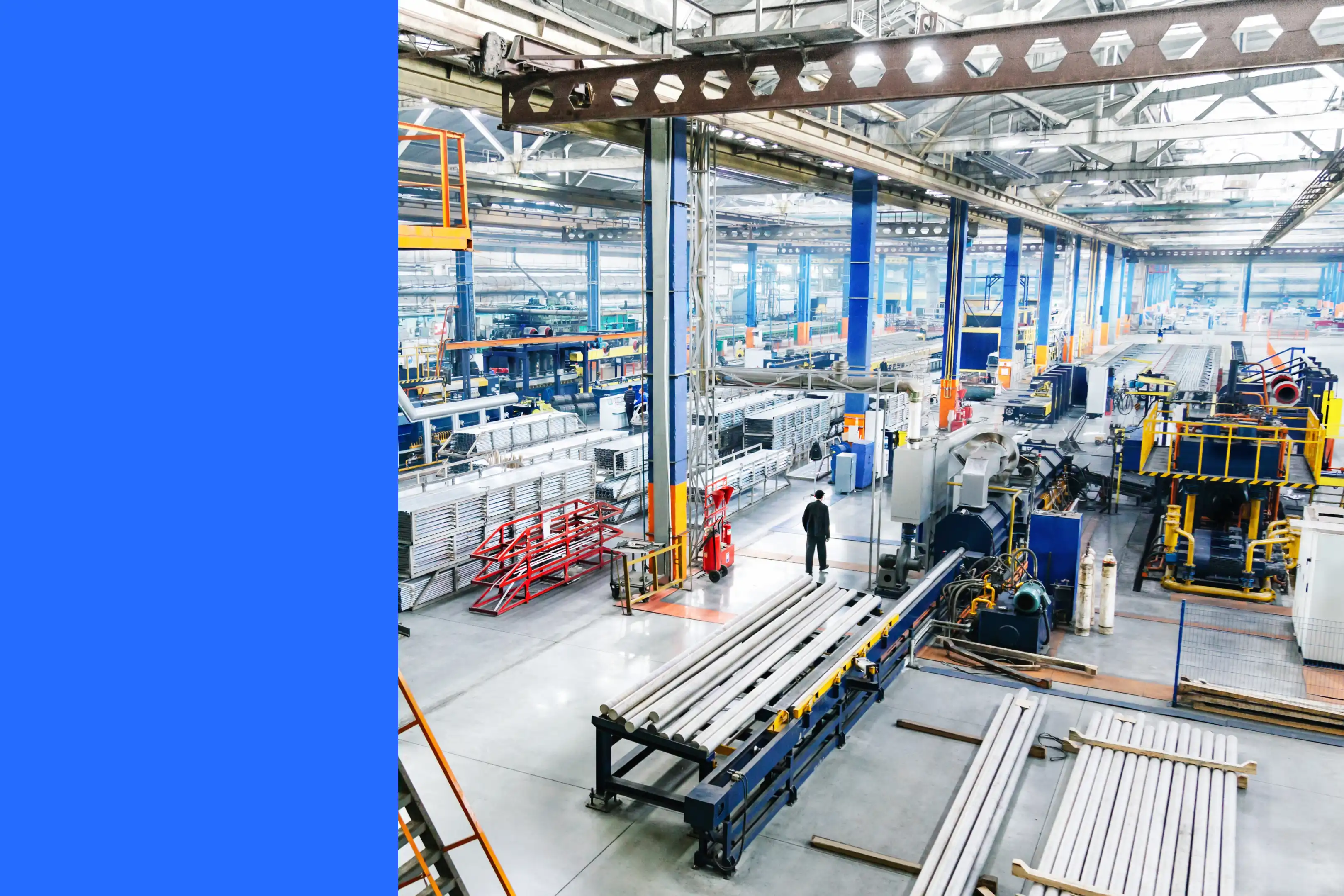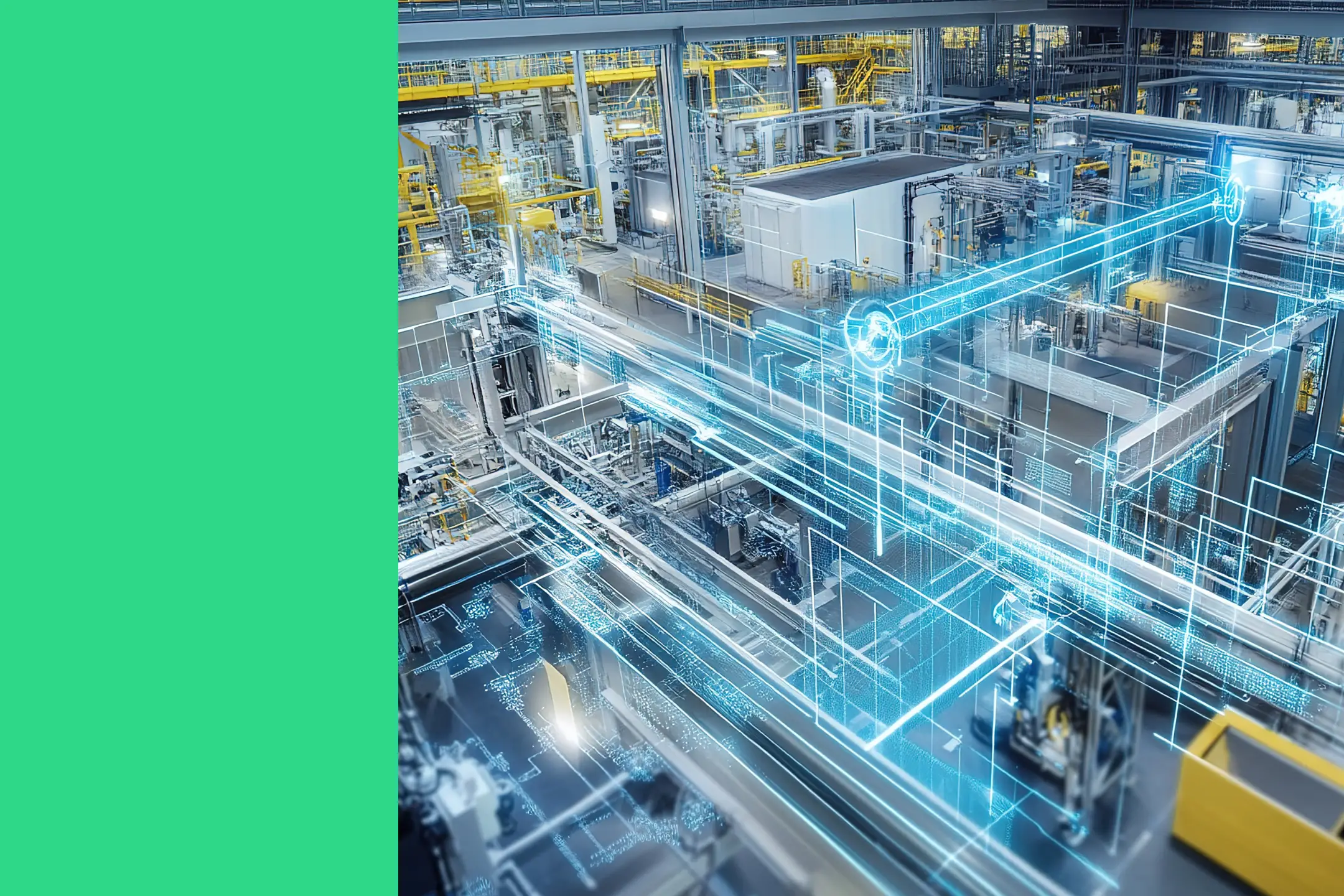
Keeping a facility running smoothly means managing hundreds (or even thousands) of assets at once.
There are HVAC systems, lighting, compressors, conveyor belts, safety equipment, and all sorts of other infrastructure to account for. Often, the sheer scale of this means maintenance teams don’t have full visibility into what they own, how it’s performing, and when it’s due for service.
The solution is a strong building asset management program. Building asset management helps you extend asset life, reduce downtime, and plan smarter capital investments.
In this guide, you’ll learn what building asset management involves, why it’s worth the extra effort, and how to create a plan that works across your team and facilities. You’ll also see how modern tools like a computerized maintenance management system (CMMS) can make tracking, prioritizing, and optimizing assets easier.
Key takeaways
- Building asset management is a structured approach to tracking, maintaining, and optimizing your facility’s assets across their full lifecycle.
- A strong program helps you reduce downtime, extend equipment life, and make data-driven capital decisions.
- The most effective asset management plans include a complete asset inventory, clear policies, regular audits, and performance tracking.
- A CMMS connects all aspects of asset management. It automates work orders, centralizes records, and generates insights that drive asset efficiency and cost savings.
What is building asset management?
Building asset management is the process of tracking, maintaining, and optimizing the physical assets that keep your facility running.
These assets include everything from structural systems like roofs and HVAC units to production equipment, safety devices, and utilities.
The goal is to maximize the performance and lifespan of your assets while minimizing cost and risk.
Building asset management encompasses the entire asset lifecycle from acquisition, through operation and maintenance, all the way to replacement. A comprehensive building asset management program ensures you know what assets you have, where they are, how they’re performing, and when to repair or replace them.
Key benefits of a modern building asset management program
When you put in place a building asset management program, you reduce downtime and extend the useful life of critical equipment.
Here are some of the most important benefits:
Breakdown prevention
A well-structured building asset management program makes it easier to stay on top of preventive maintenance.
By tracking service history and asset performance data, teams can catch small issues before they cause major downtime.
Improved compliance and safety
Centralizing maintenance records helps you prove compliance during audits and ensures that safety-critical systems like fire suppression, HVAC, and emergency lighting are serviced on schedule. By servicing these systems regularly, you make sure they will work when they are needed.
Better resource planning
With full visibility into assets, parts, and labor, you can schedule work more efficiently and balance preventive maintenance with production needs.
Core components of a building asset management plan
A strong building asset management plan gives your organization a clear playbook for how to manage every system and piece of equipment in your facility throughout its lifecycle.

Comprehensive asset inventory and records
Start by creating a complete inventory that lists each asset’s location, condition, age, and maintenance history.
Keep records up to date through regular asset audits and routine data verification.
Clear policies and defined responsibilities
Document procedures for inspections, maintenance, repairs, and reporting. Written standard operating procedures (SOPs) and training materials will help you maintain consistency across teams and shifts.
Make sure every technician and manager understands their role in maintaining assets and meeting compliance standards.
Regular maintenance and asset performance monitoring
Routine inspections and condition monitoring help prevent unexpected equipment failures. Use performance benchmarks like uptime, energy use, and repair frequency to identify assets that need attention.
Continuous monitoring keeps your maintenance team proactive rather than reactive.
Lifecycle tracking and capital planning
Follow each asset from acquisition to disposal. Record installation dates, service history, and upgrade or replacement decisions as they are made.
Lifecycle tracking helps you plan capital budgets more effectively and avoid surprises when large systems reach end-of-life.
Data analytics and reporting
Analyze data points like cost, downtime, and utilization rates to help identify inefficiencies. For example, if equipment requires frequent repairs, it may be time to replace the asset.
Data analytics can also guide smarter investment decisions. When you can clearly show which assets consume the most resources or create the most downtime for production, it’s easier to justify upgrades or replacements.
Risk management and regulatory compliance
Evaluate the operational and safety risks associated with each asset and establish inspection schedules to mitigate those risks.
Document risks you’ve identified and the actions you took to mitigate them. That information is useful in the event that OSHA, the EPA, or other regulatory bodies conduct an audit of your operation.
Staff training and stakeholder engagement
Building asset management is most successful when everyone at the company feels invested.
Provide ongoing training so technicians, supervisors, and managers all understand the assets and the data used to make decisions about those assets. Regularly communicate with other departments, like the finance team, to align on goals and share progress.
How to put building asset management into action
Building asset management doesn’t have to start with a massive overhaul of your processes.
The most successful teams begin with focused, achievable steps that build momentum and confidence over time.
1. Start with a focused pilot and usable asset inventory
Choose one facility or asset category to start with, such as HVAC systems or production equipment, to use as your pilot.
Gather all relevant details such as make, model, age, condition, and maintenance history. To start, you can use a simple spreadsheet or barcode system to help you begin building a reliable database.
Once your team sees the value of having accurate, accessible records, it becomes easier to expand the program across other asset categories or building sites.
2. Prioritize assets with criticality and risk scoring
Not all assets are equally important to your operations. Assess each asset based on how its failure would affect safety, production, and expenses. Assign a criticality score that reflects the impact and likelihood of failure. This helps your team focus on the assets that matter most and schedule maintenance accordingly.
3. Turn strategy into daily workflows
Translate your plan into clear, repeatable maintenance tasks that technicians can complete and record. Establish SOPs, preventive maintenance schedules, and inspection checklists. Encourage technicians to log work in real time and provide feedback on what’s working and what isn’t.
Over time, these daily habits build the consistency your asset management program needs to be useful.
4. Connect everything in a CMMS
Once your processes are running smoothly, centralize them in a CMMS. A CMMS lets you store asset records, automate work orders, track maintenance, and monitor performance all in one place.
This software also identifies trends and anomalies, which helps you spot problems earlier, prioritize projects, optimize your maintenance team’s time, and get the most out of your assets.
Teams using a CMMS report higher PM compliance and lower maintenance costs because they can plan work instead of reacting to breakdowns.
5. Review, refine, and plan for capital decisions
Asset management is never done. You’ll need to schedule regular reviews to evaluate what’s working and where adjustments are needed.
Analyze maintenance trends, repair costs, and asset performance data to identify aging equipment or underperforming systems. Then, use these insights to inform your capital planning.
Modernize your asset management strategy
As your facility grows, your asset base expands, and technology evolves, the way you manage those assets will evolve too.
Tools like a CMMS give your team a single source of truth for every asset and turn performance data into insights you can act on. Those insights will lead to less downtime, safer operations, and smarter long-term investments.
If you’re ready to take your program to the next level, learn how to build a scalable strategy that connects daily maintenance with long-term business goals in our strategic asset management plan guide.
FAQs
Can preventive maintenance prevent unexpected breakdowns?
Yes. While there’s no guaranteed method to eliminate all failures, preventive maintenance significantly reduces the risk of unexpected breakdowns. Regular inspections and servicing catch small issues like leaks, cracks, or worn parts before they lead to equipment failures and cause major damage. Consistent maintenance is the most efficient way to ensure uptime and reliability on construction sites while also reducing safety risks.
What are the 5 stages of asset management?
The 5 stages of asset management are planning (identifying needs and requirements), acquisition (purchasing or creating assets), operation (using assets for their intended purposes), maintenance (performing activities to preserve functionality), and disposal (retiring and replacing assets at the end of their useful life).
What software is best for building asset management?
A computerized maintenance management system (CMMS) is the most effective tool for managing building assets.
It centralizes asset data, automates preventive maintenance schedules, and provides analytics to guide decisions about repairs, replacements, and capital planning.
MaintainX’s mobile-first CMMS helps maintenance and operations teams improve uptime, compliance, and visibility across all facilities.






